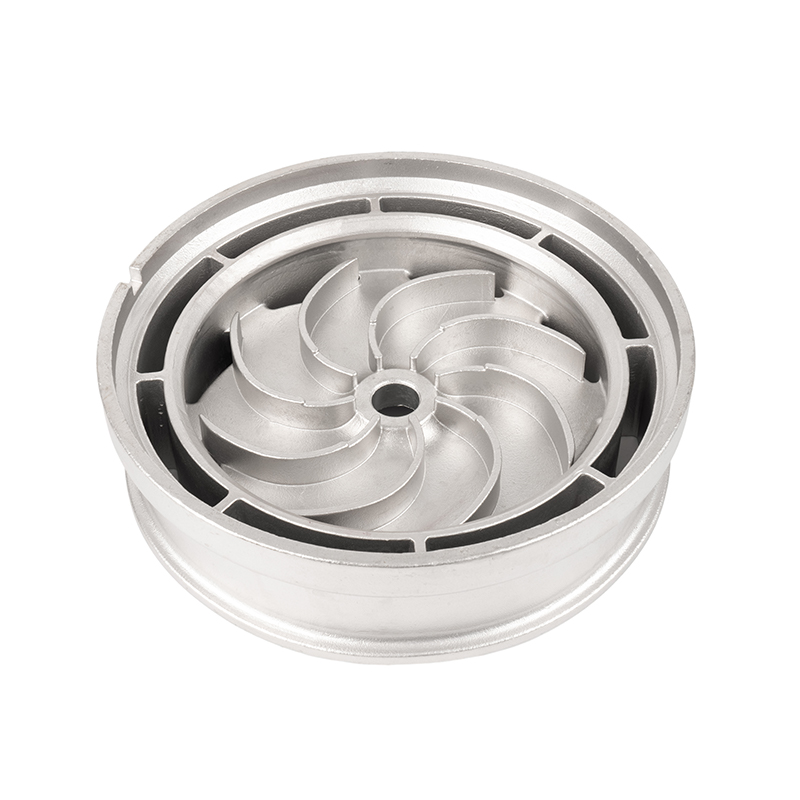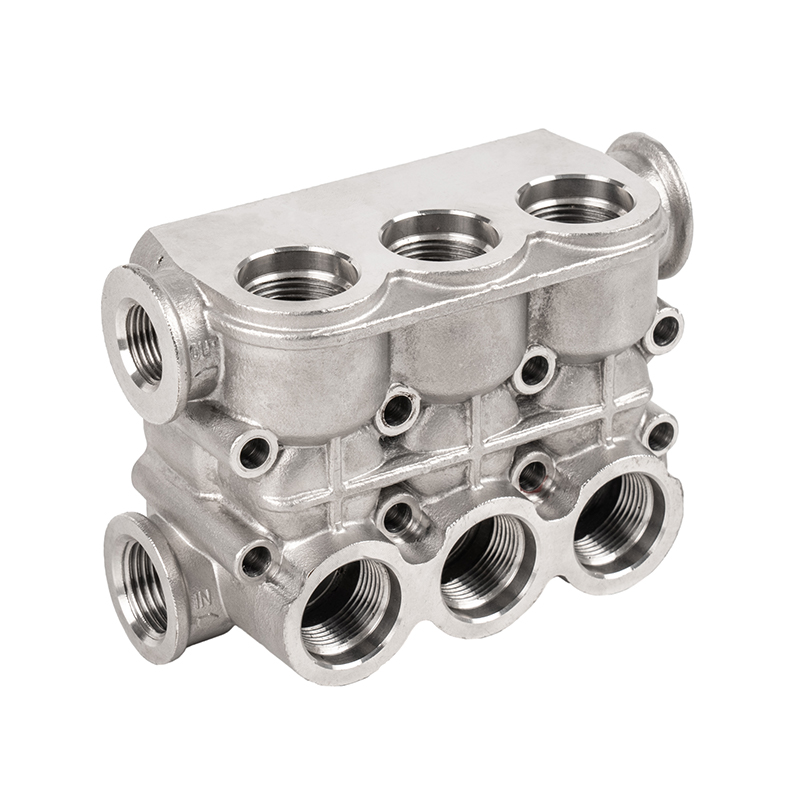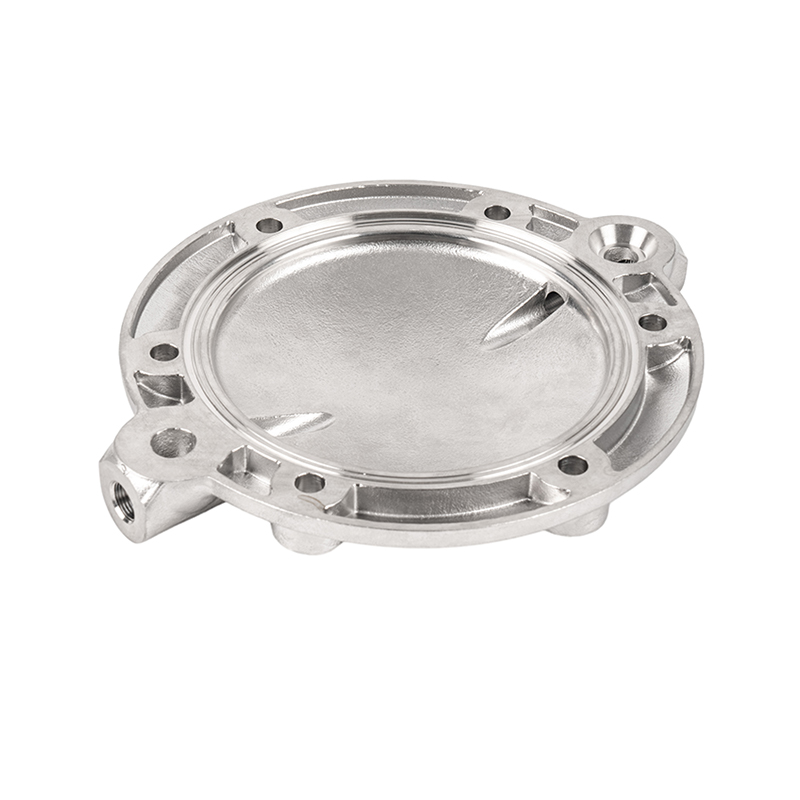What is the casting process of stainless steel impeller casting
Stainless steel impeller casting is a common process used to manufacture efficient, corrosion-resistant and wear-resistant impellers.
First of all, the first step of stainless steel impeller casting is to melt the metal. In this step, we need to select appropriate stainless steel materials, such as 304, 316, etc., and heat them above the melting point to turn them into liquid metal. In the process of melting the metal, we need to accurately control the temperature and melting time to ensure the uniform melting of the metal and the stability of the alloy composition.
Next is the pouring stage. Once the liquid metal reaches the right temperature and liquid state, we pour it into the pre-prepared pouring system. The pouring system usually consists of a gate, a guide plate and a runner for the liquid metal. When designing the pouring system, we need to consider the fluidity and solidification of the metal to ensure that the metal can fully fill the mold cavity and form a complete casting.
This is followed by the cooling and solidification stage. Once the liquid metal enters the mold cavity, the cooling and solidification process begins. This stage is the most critical stage in the casting process, which determines the quality and performance of the final casting. During the cooling and solidification process, the metal gradually changes from liquid to solid to form the initial shape of the impeller. The speed and method of cooling and solidification have an important influence on the structure and performance of the casting.
The last stage is to remove the mold. After the metal is completely cooled and solidified, we remove the mold from the casting to expose the surface of the impeller. In this step, we need to be careful to avoid damage to the casting. The mold can usually be removed by mechanical or chemical methods, such as shearing, grinding or pickling. After removing the mold, we can clean the surface of the casting to remove residual mold material and other impurities.
In addition to the above steps, the impeller may also need to be finished to achieve the required size and surface quality. Finishing includes processes such as machining, grinding and polishing. Through fine processing, the surface of the impeller can be smooth, the size is accurate, and the final required performance can be achieved.


 English
English Español
Español русский
русский 中文简体
中文简体

















